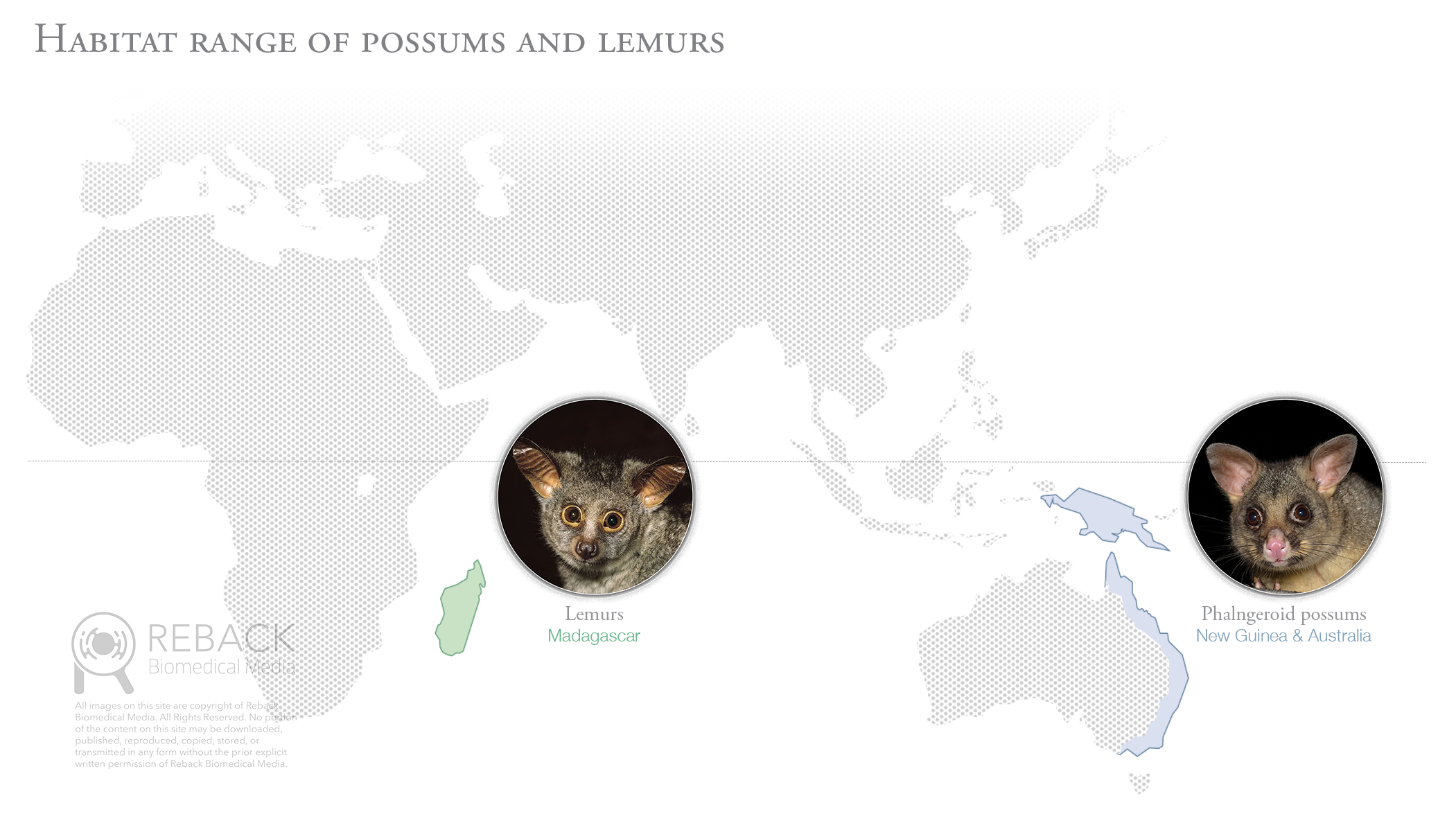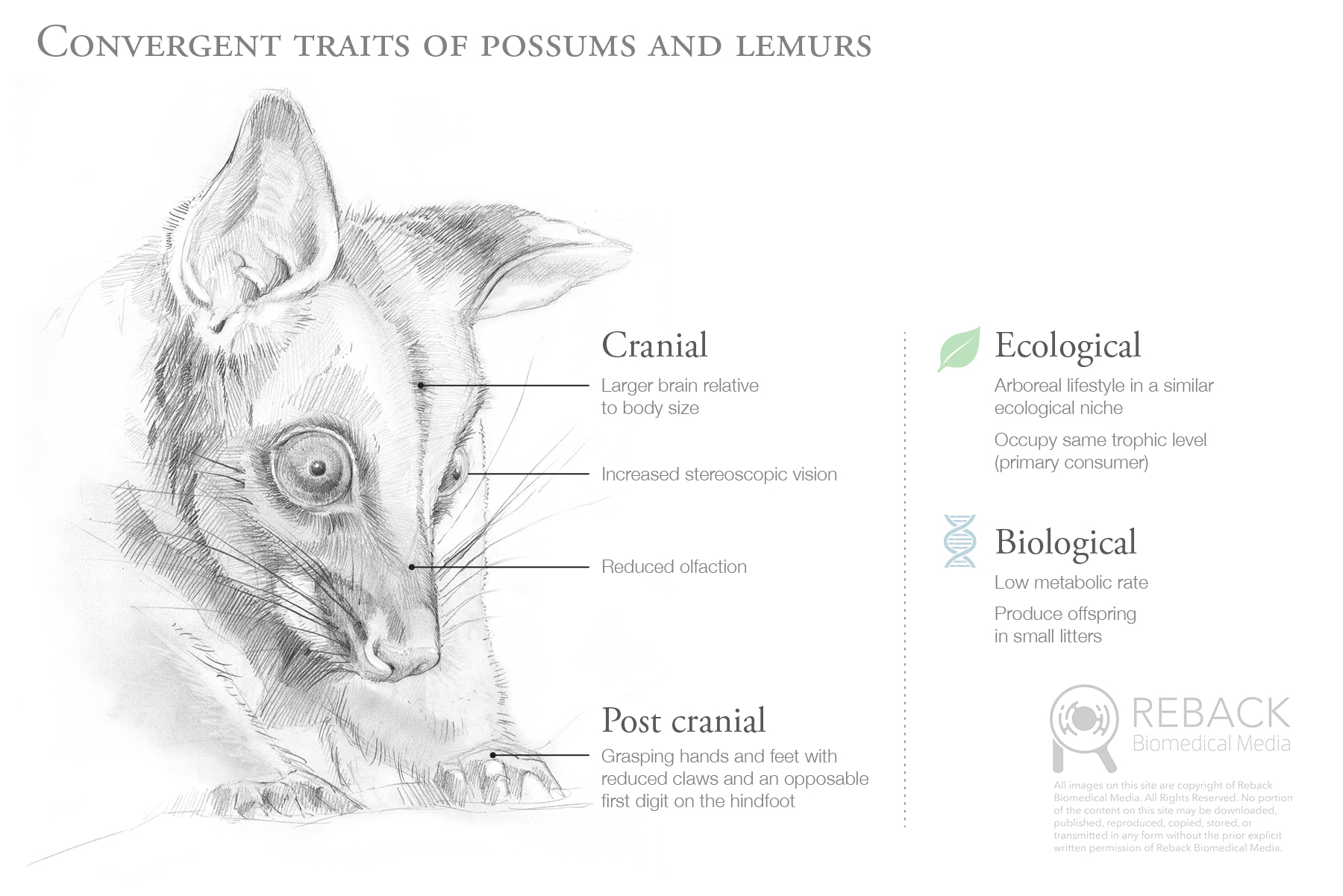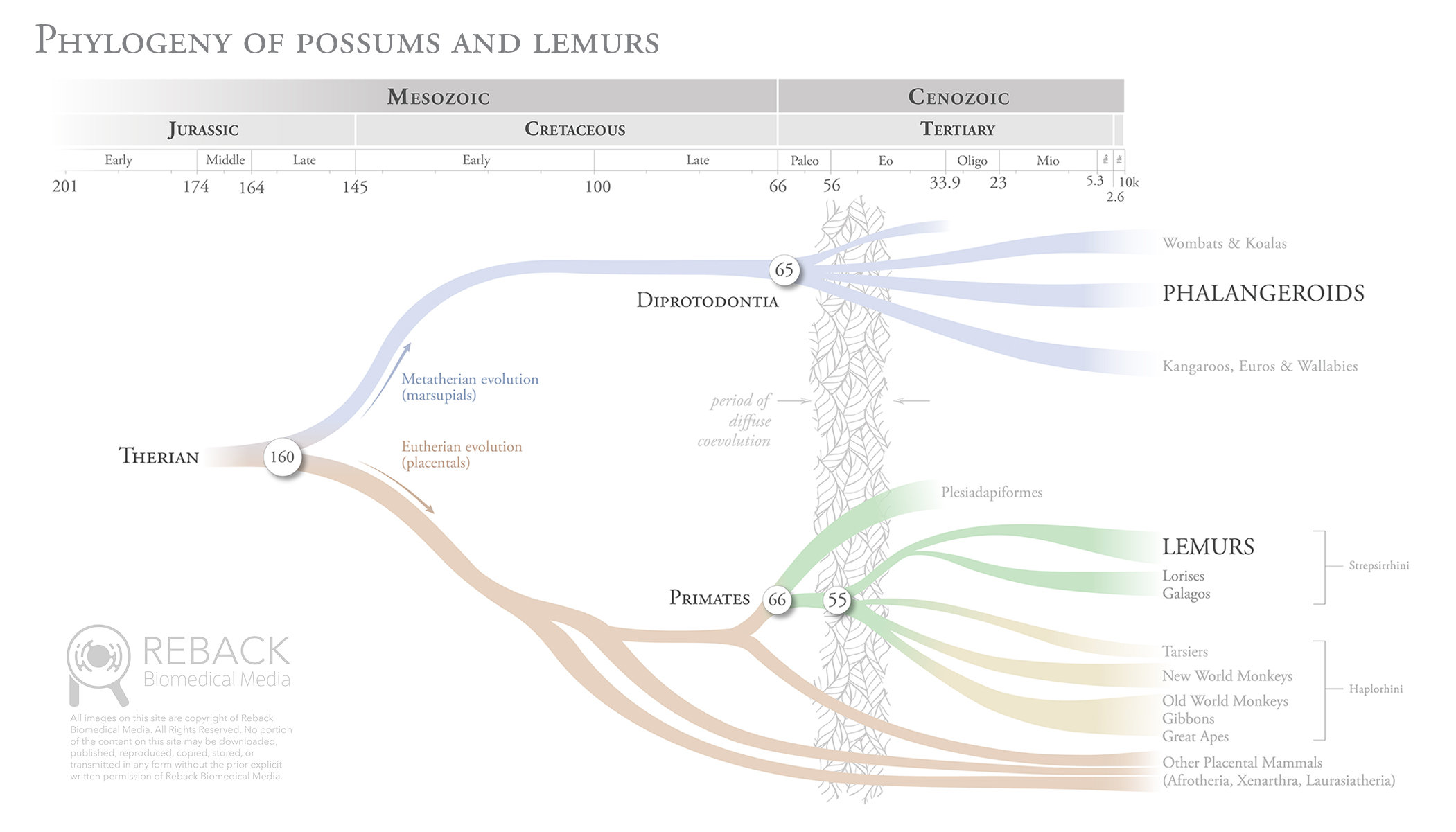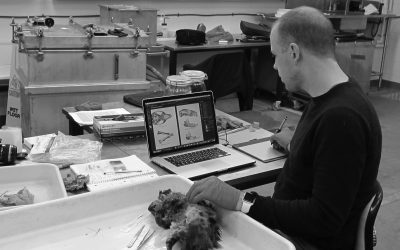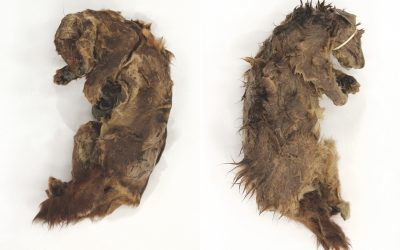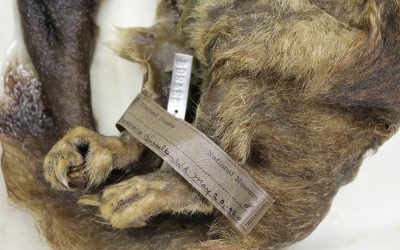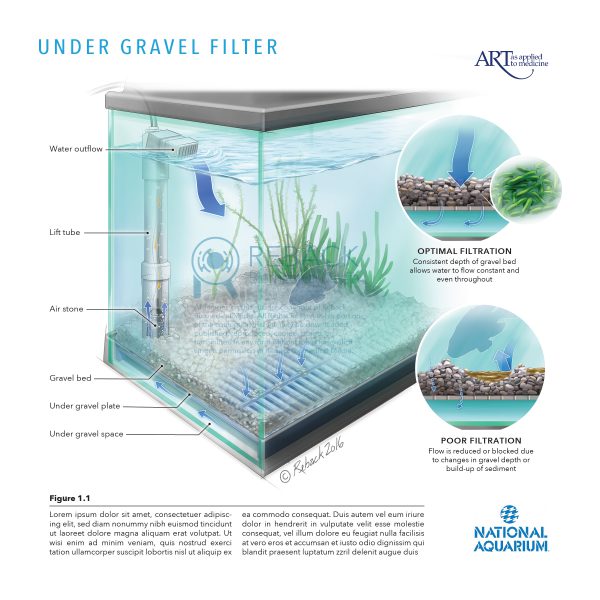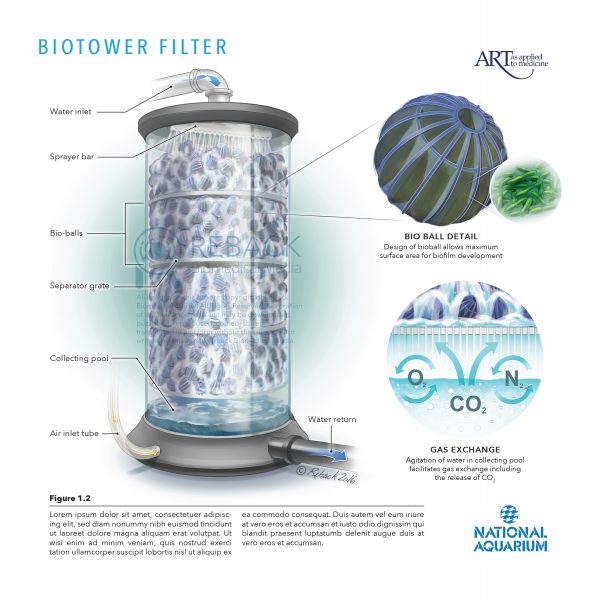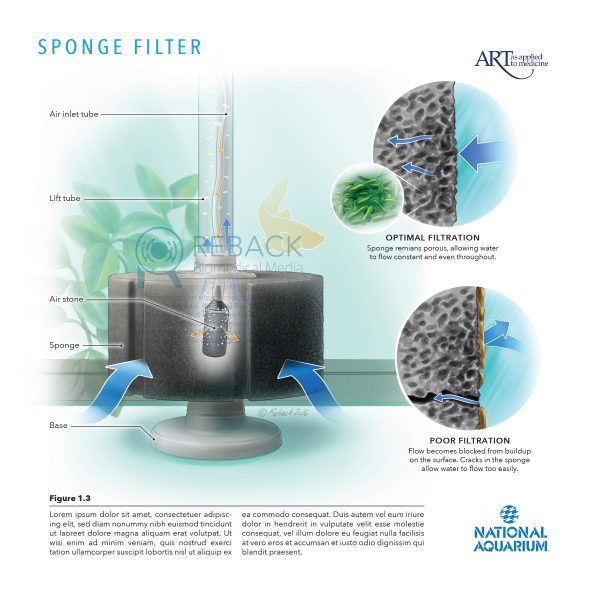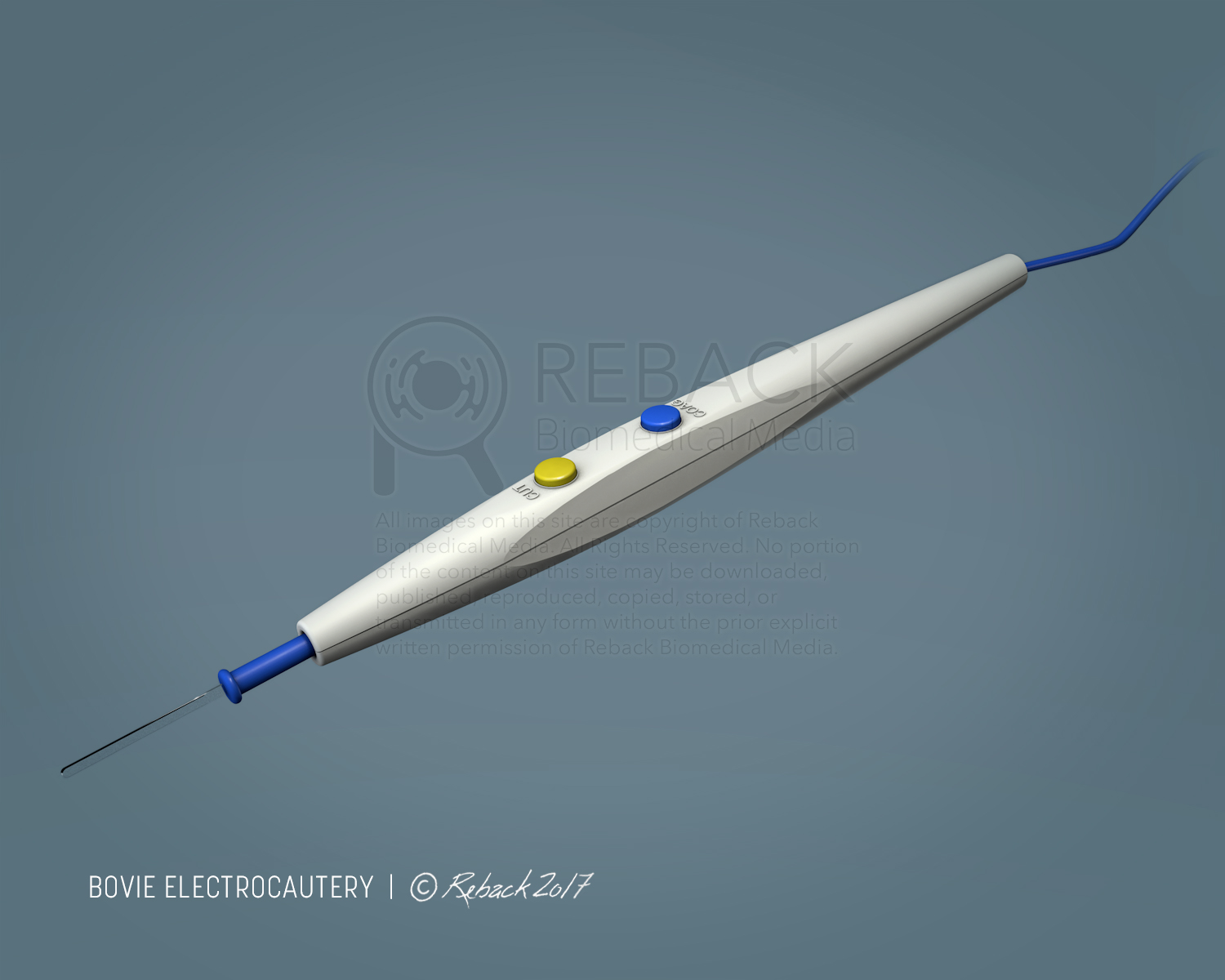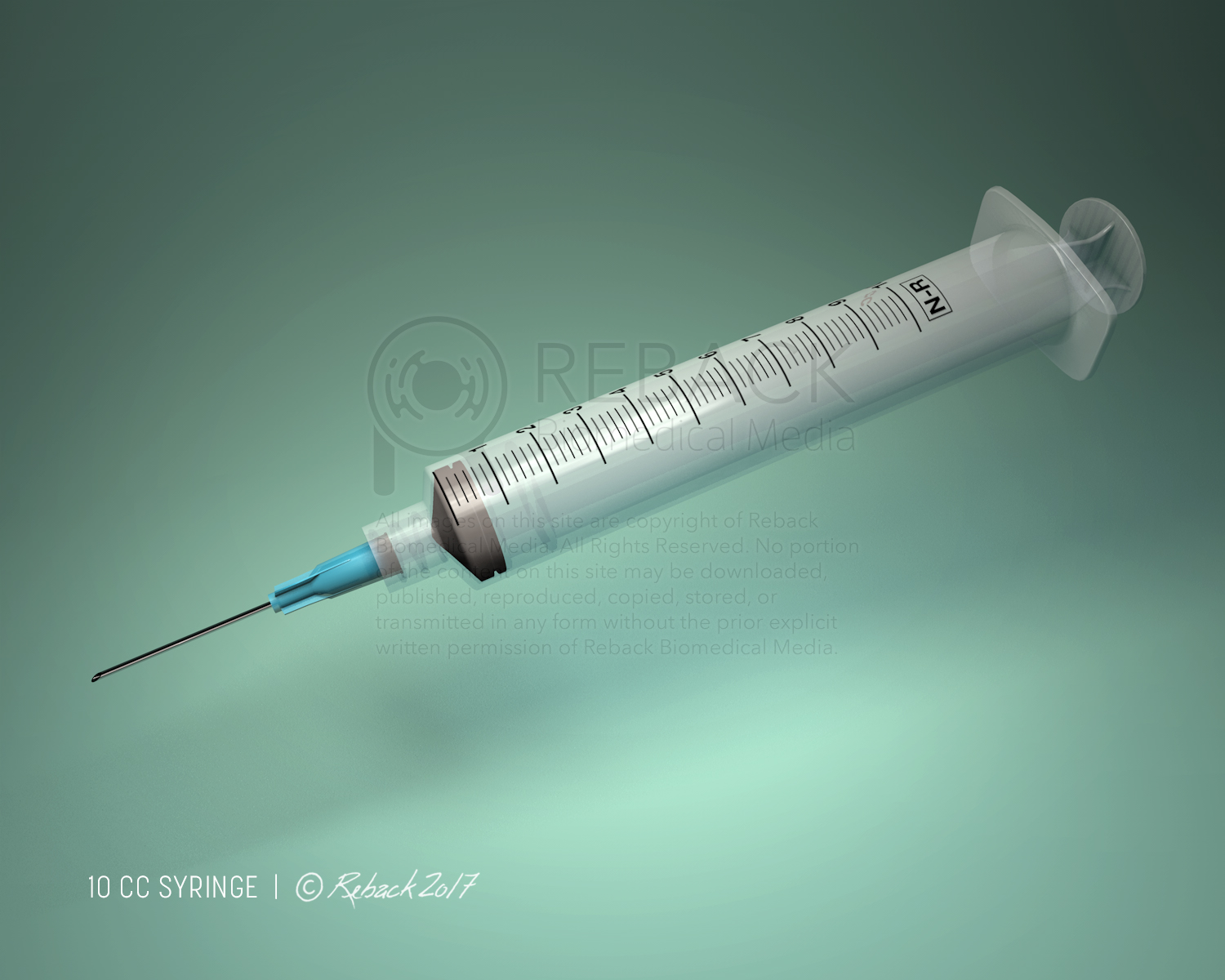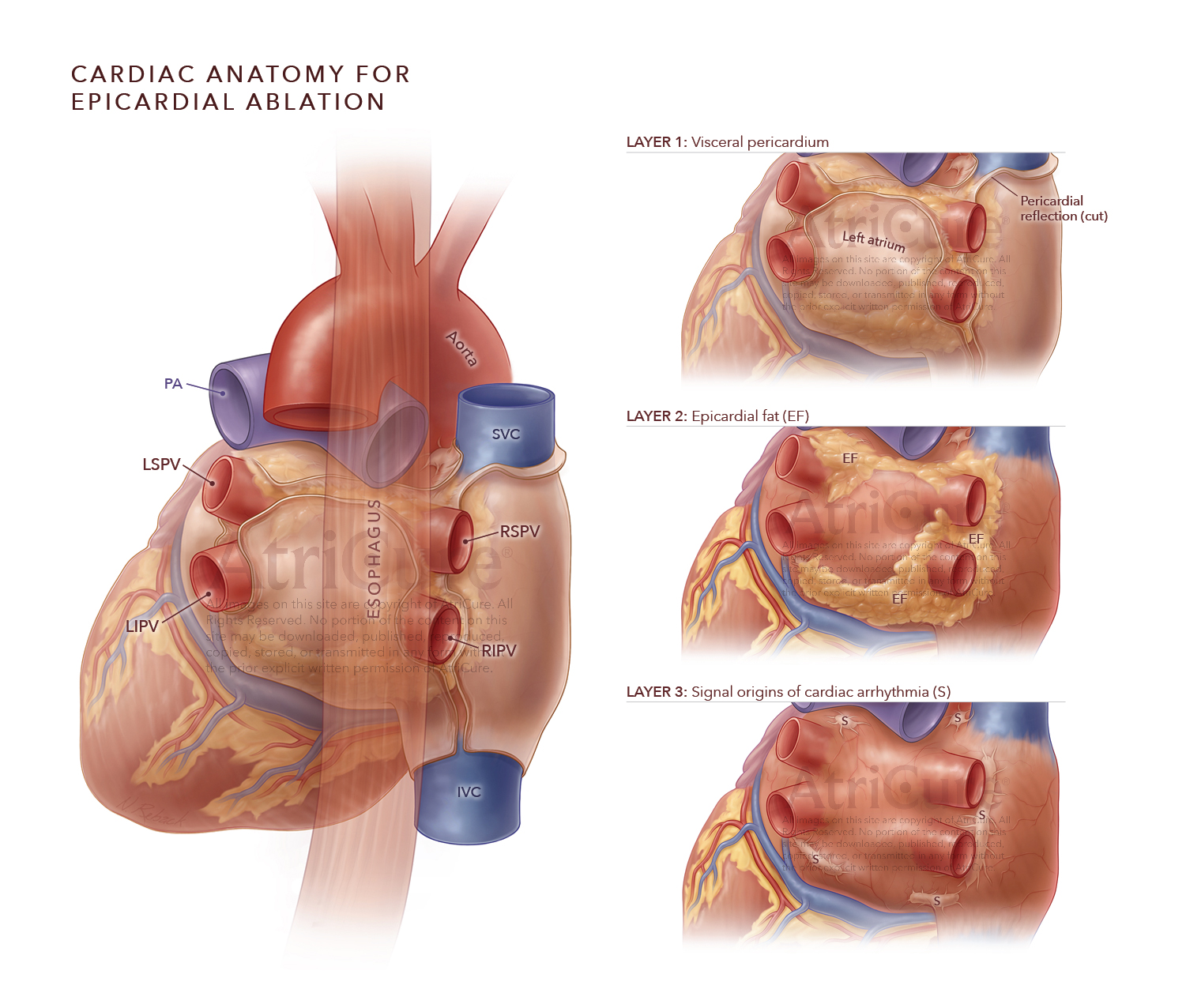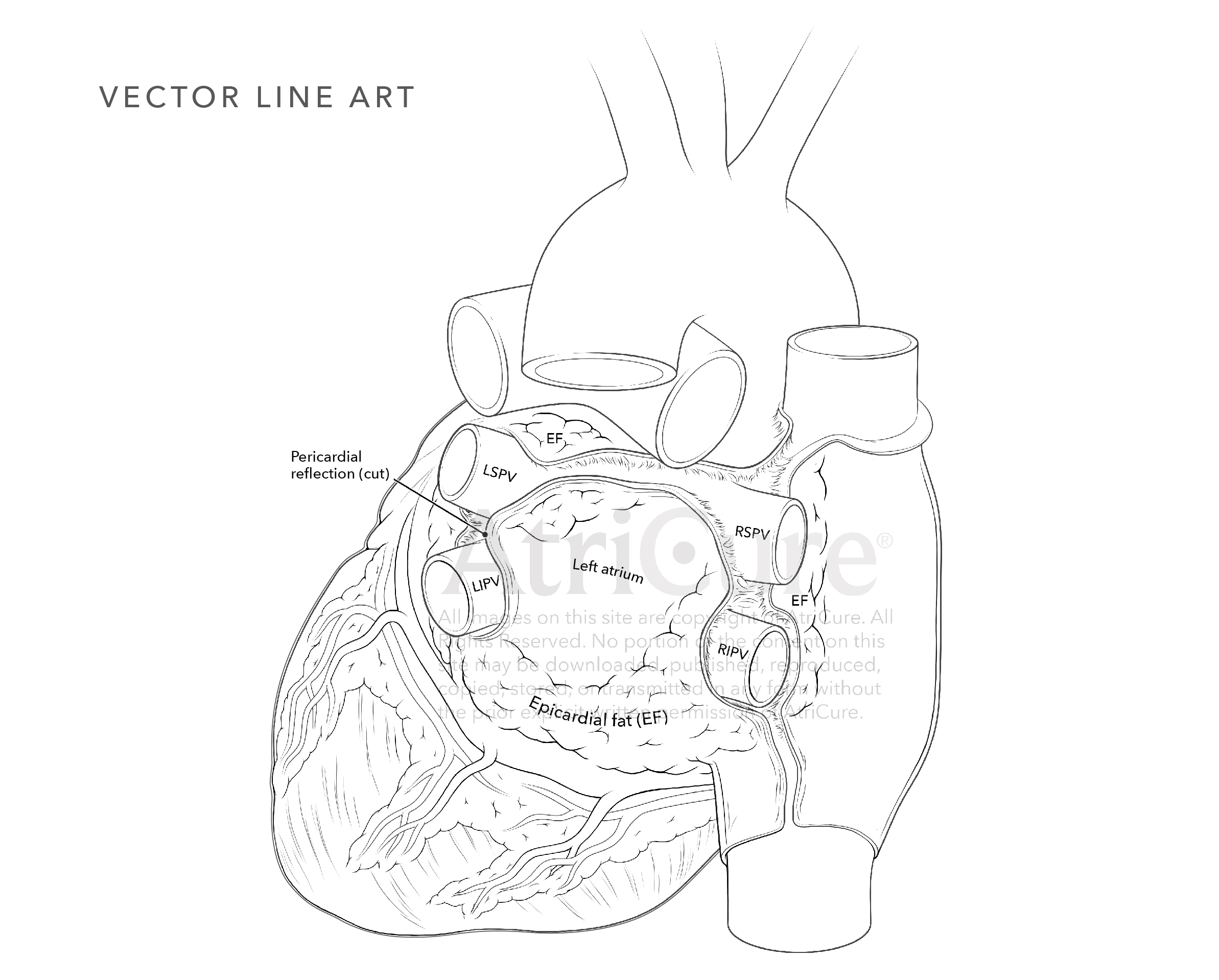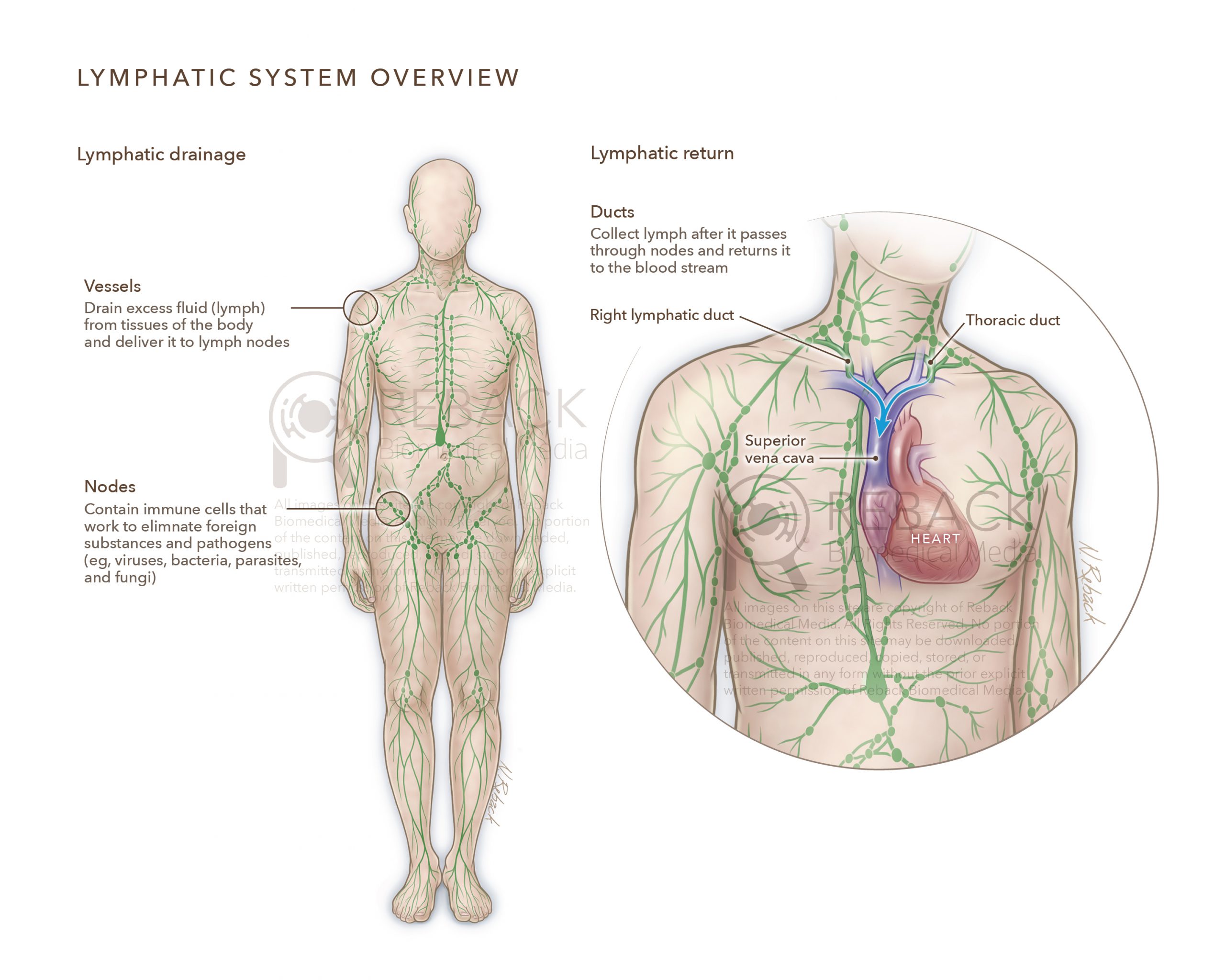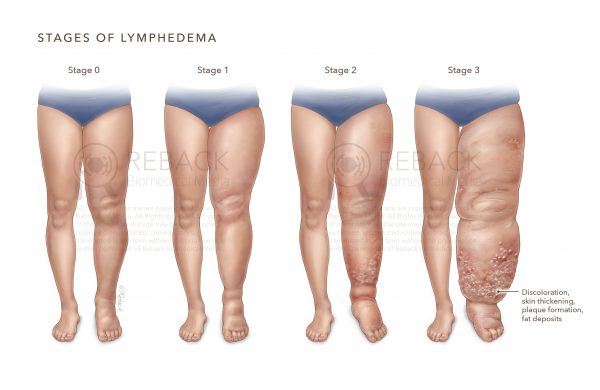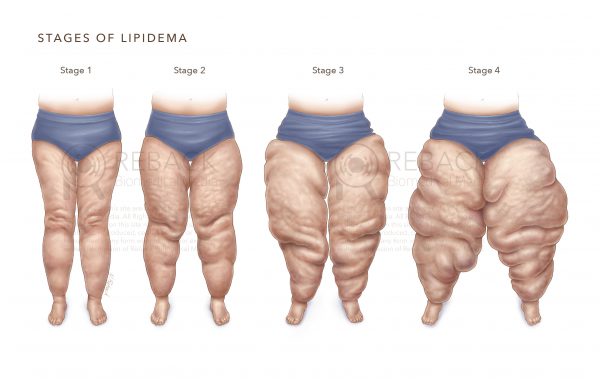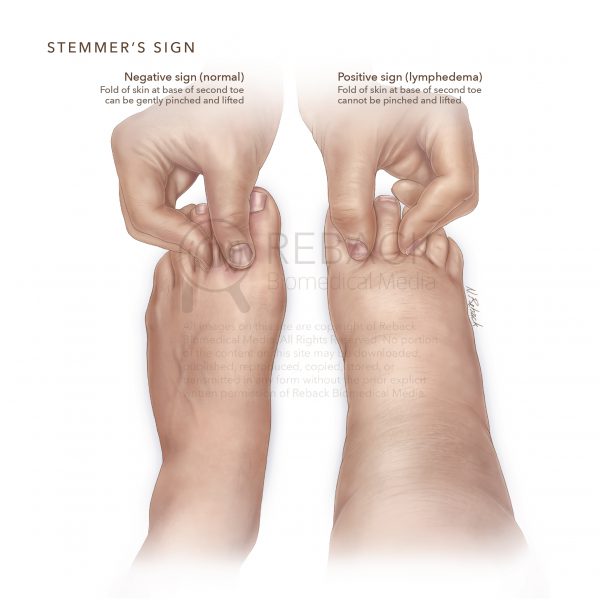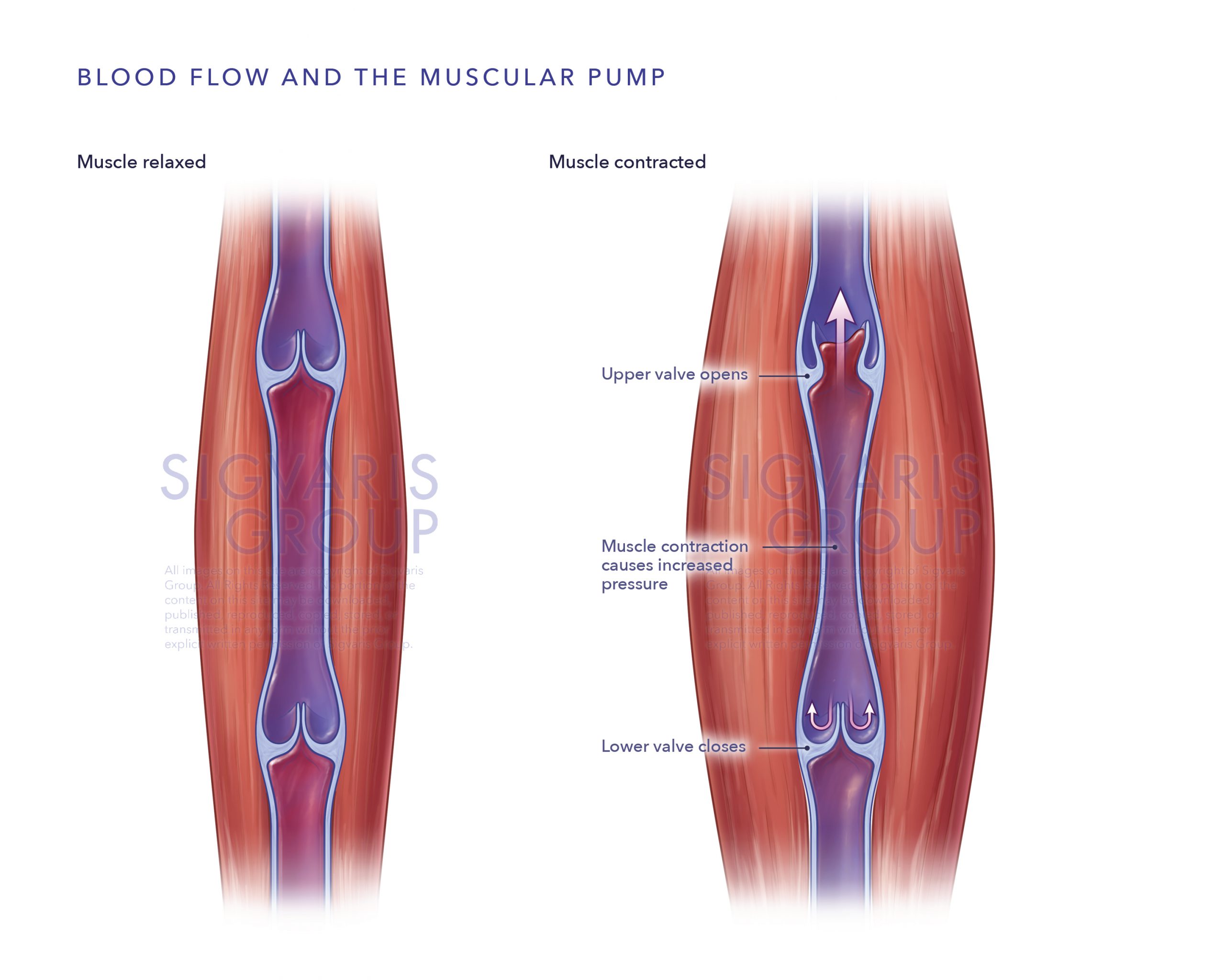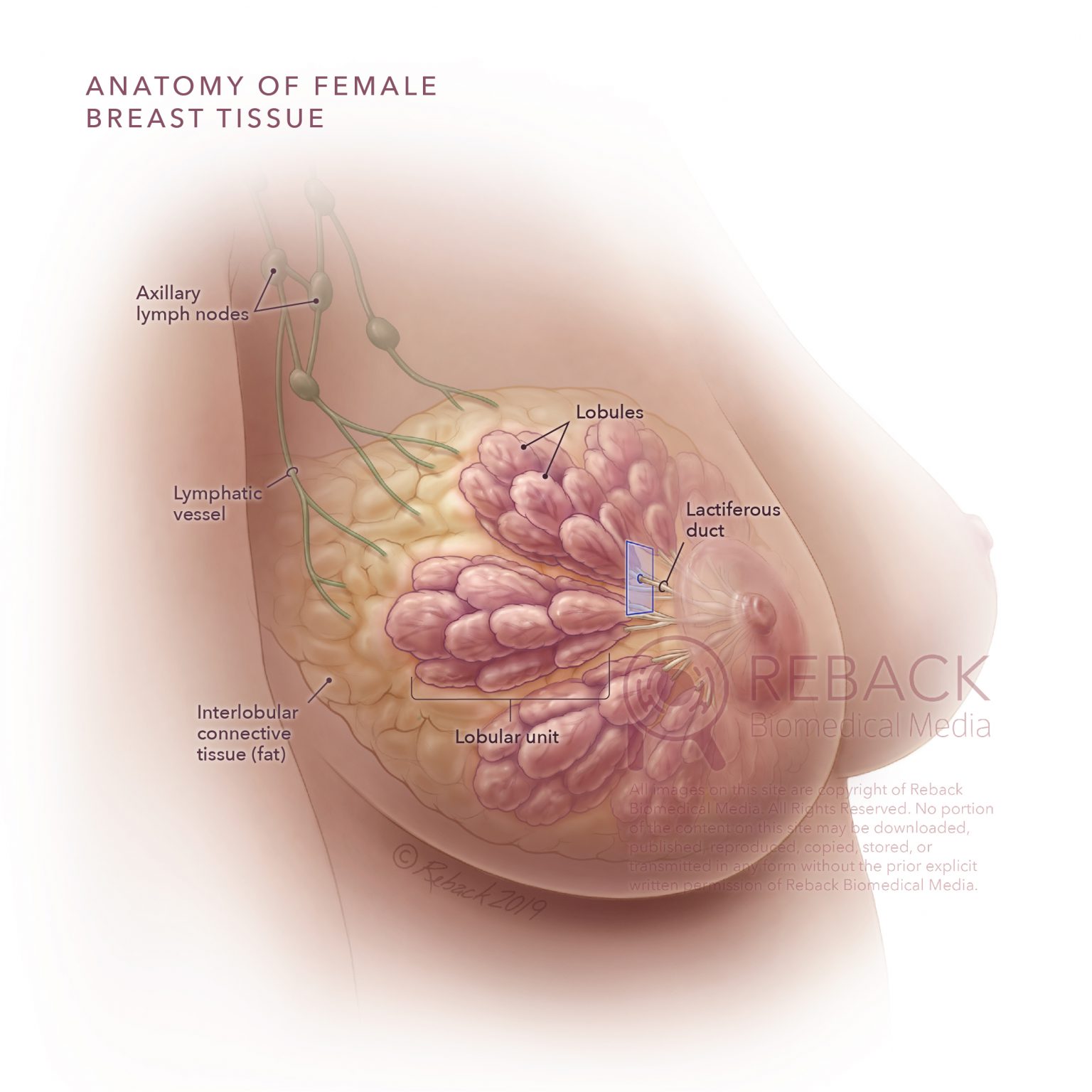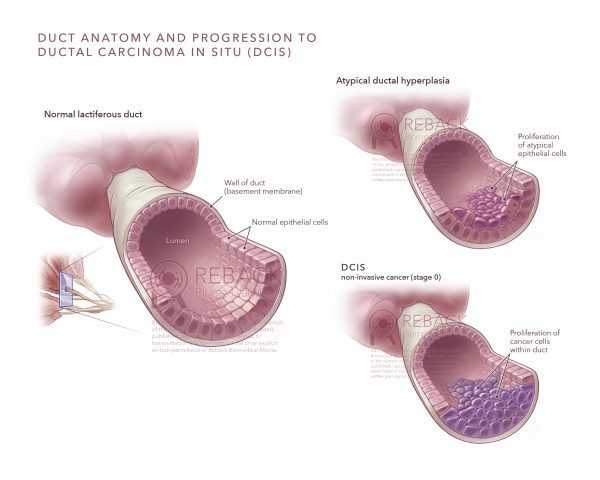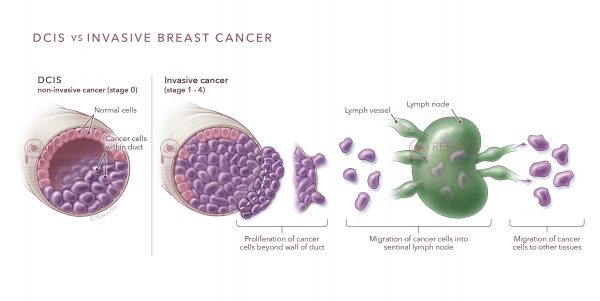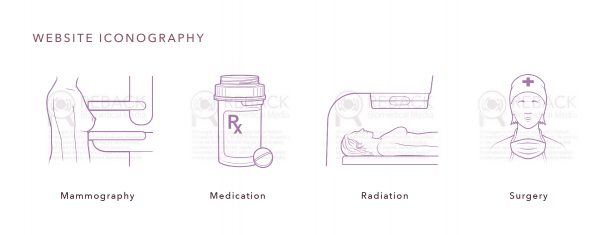Masters Thesis
An educational three dimensional model to describe the masticatory apparatus of the phalangeroid possum, Trichosurus vulpecula
Developed in collaboration with the following institutions at the Johns Hopkins University:


purpose
No mammal can survive without eating. Understanding the morphology of the masticatory apparatus tells us what foods a mammal is best adapted to consuming be it plant, animal, or both. It also allows us to understand how a mammals ecological niche may have influenced the evolution of its masticatory apparatus and other structures.
The primary goal of this project was to digitally reconstruct the masticatory apparatus of a single species of phalangeroid possum, Trichosurus vulpecula. The reconstruction serves as a visual communication tool that improves the ability of the evolutionary biologist to make meaningful comparisons between the phalangeroid possums of New Guinea and Australia to lemurs of Madagascar. Lemurs, a diverse group of primitive primates, are important in the study of primate origins.
The secondary goal of this project was to document the digital reconstruction workflow to serve as an instructive guide for those interested in making their own 3D representations of mammalian masticatory apparatuses.

Why study Phalangeroids?
The phalangeroid possums of New Guinea and Australia are a group of mammals possessing many morphological and biological traits that are highly similar to the lemurs of Madagascar. Lemurs and phalangeroids are an example of a phenomenon known as convergent evolution: they are not closely related, yet developed similar traits as a result of having to adapt to similar ecological niches.
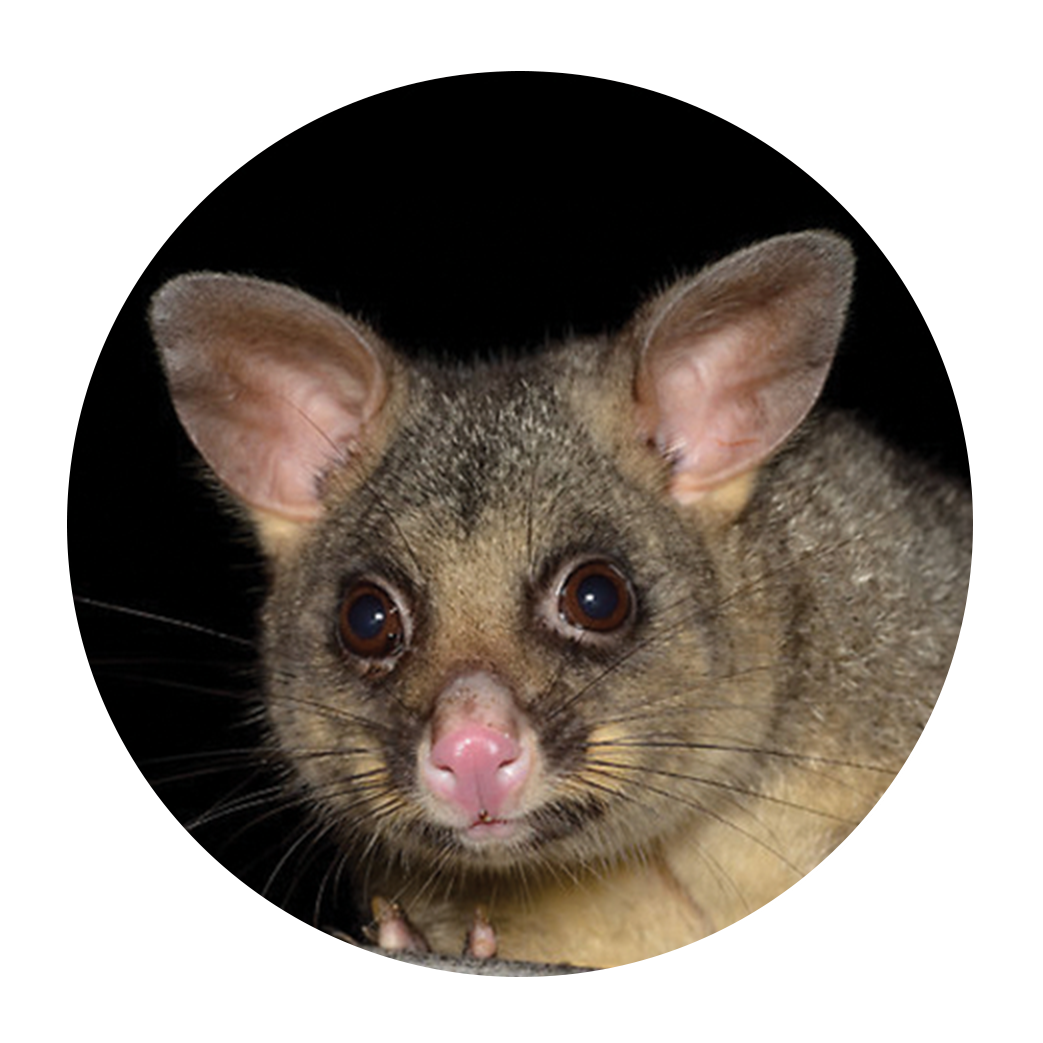
PHALANGEROID POSSOM
Trichosurus vulpecula
A marsupial mammal of the family Phalangeridae native to the island of New Guinea and east coast of Australia.
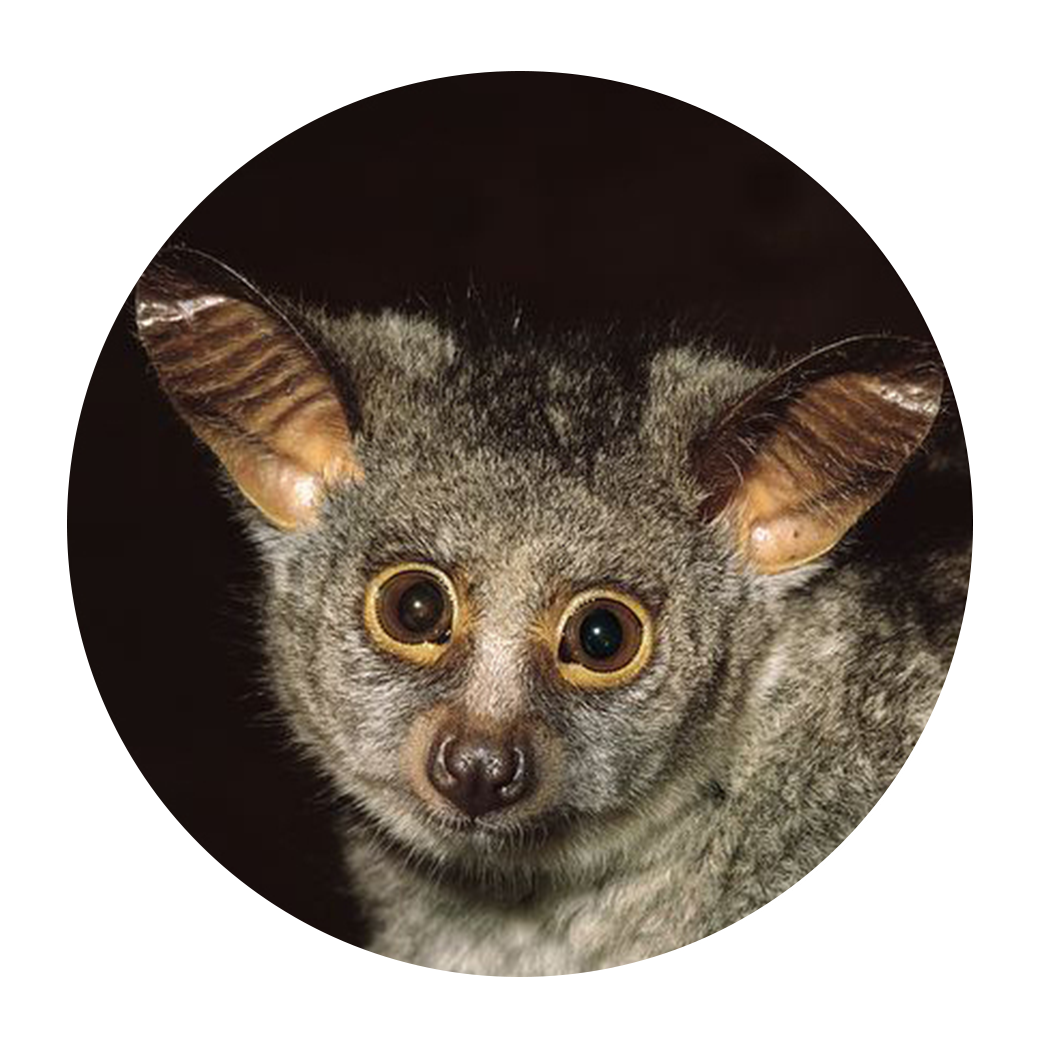
LEMUR
Otolemur crassicaudatus
A placental mammal of the order Primate native to the island of Madagascar.
Background
reconSTruction process
Dissection of several preserved Trichosurus vulpecula specimens took place at the Smithsonian National Museum of Natural History Museum Support Center outside of Washington, D.C. Data was gathered on muscle mass, fiber direction, and areas of origin and insertion.
results
3D Animation
A turntable animation was created to give the audience an overall sense of spatial relationships in the masticatory apparatus. An exploded view animation demonstrates the layering of the muscles. Deeper structures, such as the pterygoids, are visualized by seeing through the mandible.

A new TOOL FOR VISUAL COMMUNICATION
Articulated 3D PRINTED MODEL
The final output of this project was an articulated 3D printed model at 200% scale. Neodymium magnets were used to allow the audience to take apart and reassemble the muscle layers as well as separate the mandible from the skull. An axis was created in the temporomandibular joint allowing the mandible to be articulated when the muscles are removed. Several prototypes were created to design and test various physical features that made the model easy and fun to interact with.
acknowledgements
I would like to thank my thesis advisor, Jennifer Fairman, MA, CMI, FAMI, and preceptor Jonathan M.G. Perry, MSc, PhD, for their intellectual, strategic, and emotional support throughout the project. I would also like to thank my classmates, particularly Sarah A. Chen, MA, MD, for her encouragement to step away now and then and have a beer (or two). My family and friends are a constant source of support in anything I do, so a special thanks goes out to them as well.
Click the button below to download a free pdf copy of the full thesis, including tips and techniques on how to create digital 3D reconstructions of your own.
Reback Biomedical Media | 608.852.3233 | rebackbiomed@gmail.com
All content © Reback Biomedical Media, 2015-2021, unless otherwise noted. All rights reserved.


